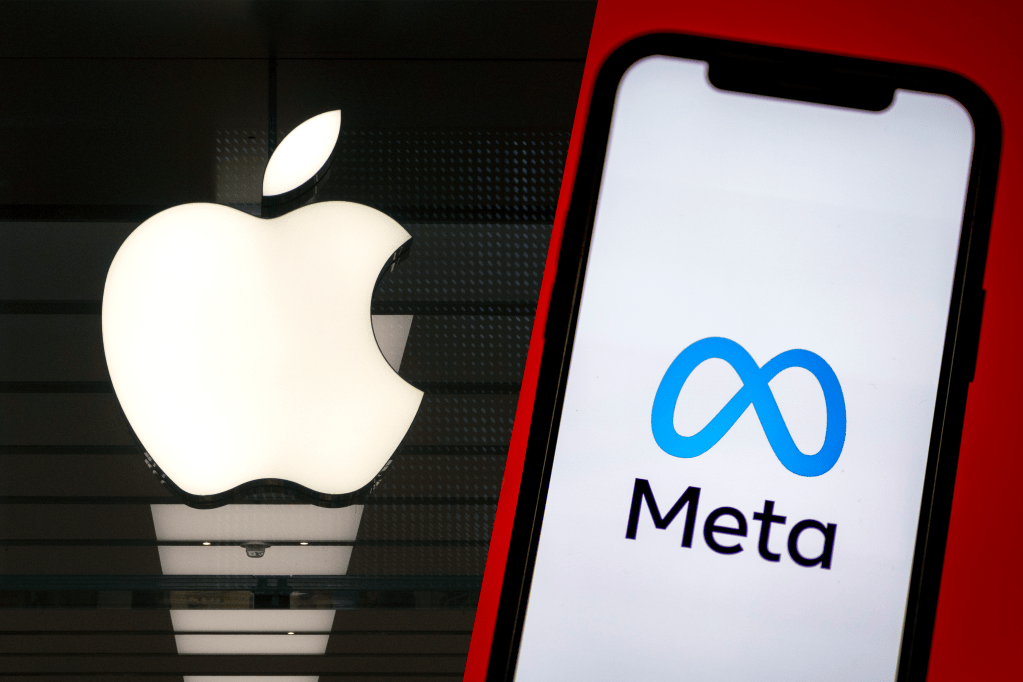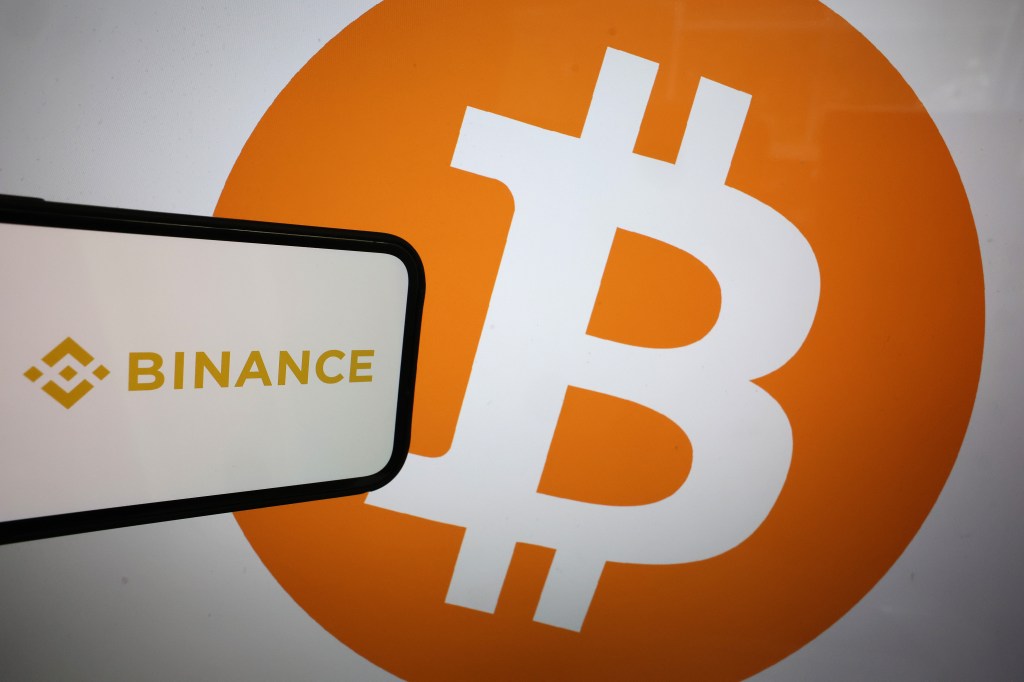A MasterCard report in collaboration with MoneyLive indicates consumer understanding of open banking has not advanced since the process was introduced in 2018. Back then, “neobanks and fintechs were hotly tipped to spark a banking revolution on the back of regulatory reform in the UK and Europe, Open Banking then lost some of its heat as hype met the real-world reality of operational inertia, systems complexity and, of course, a pandemic,” the report says.
Combined data from the CMA9, the nine largest banks in the UK, showed that seven million consumers and SMEs were using open banking as of January this year. But a survey released at the same time found 60% of UK consumers didn’t fully understand it, 63% either weren’t using it or didn’t know if they were using it, and 84% said they didn’t fully trust it.
“There was the initial hype phase, then reality dawned and we entered a trough of despair and now, six years on, we’re back up as we start to see some real traction,” says Matt Cox, Director of Digital Payments and Cards, Nationwide Building Society.
The FCA brought its Payment Services Directive (PSD2) into force in January 2018, in the wake of the EU’s Payments Services Directive. Aggregation services and tools that help consumers manage their finances by bringing all of their bank account data together in one place have been brought within the scope of PSD2.
“Competition in retail banking and payments is vital to UK consumers and the wider economy. PSD2 builds on this by giving consumers more choice around how they manage their payments and bank accounts. It also brings in some important protections for consumers and seeks to increase the security of payments,” Christopher Woolard, then Executive Director of Strategy and Competition, FCA, said at the time.
Consumer trust
Industry insiders say lack of consumer trust continues to be the main barrier to understanding and adoption. Samantha Emery, Payments Industry and Development Director, Lloyds Banking Group, says open banking is missing the “comfort factor around protections and disputes”. She notes that the term “open banking” may not be particularly helpful in the UK context, where banks have only recently rehabilitated their reputations following previous misselling scandals and the fall-out from the financial crisis.
“There was the initial hype phase, then reality dawned and we entered a trough of despair and now, six years on, we’re back up as we start to see some real traction.”
Matt Cox, Director of Digital Payments and Cards, Nationwide
Despite this, Open Banking Limited (OBL) has found monthly growth of 10% and year-on-year growth of well over 100%. New integrations like Strong Customer Authentication (SCA) have resulted in a drop in card fraud of up to 25%. Variable recurring payments (VRPs) are an important new development
The report concludes saying “this next wave of innovation should create opportunities for banks to start monetising their investment in open banking payments. This is key because thus far open banking has been a whole lot of investment for the big banks with an as-yet unclear pathway to generate returns.”












